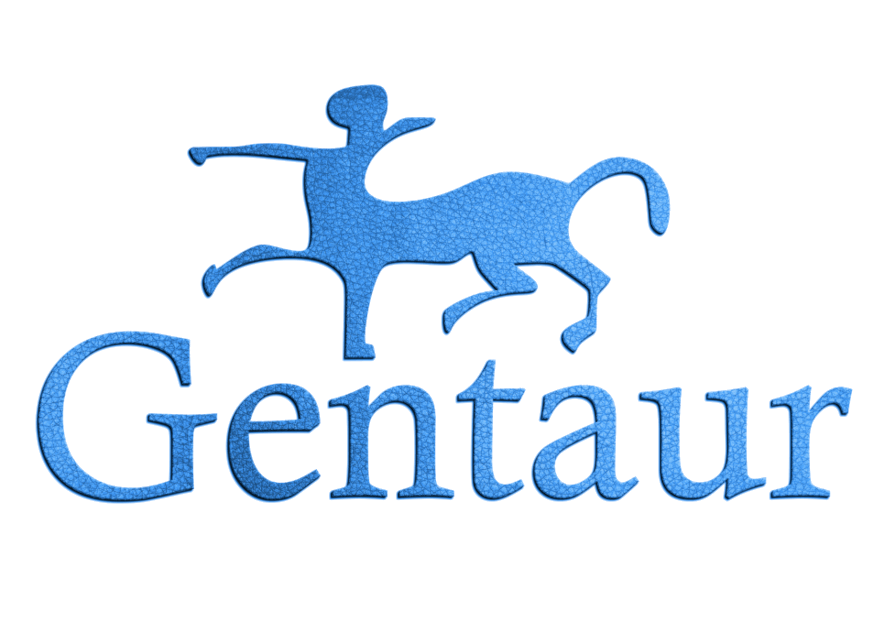FITC + POD Conjugated anti-Mouse IgM SABC Kit
#
-
Catalog numberSA1081
-
Price:Ask for price
-
Size1 kit
-
-
ImmunogenNA
-
Storage Transport Conditions4°C for one year. Avoid freezing
-
Kit Components1. Normal goat serum blocking reagent: 10x, 5 ml, for blocking tissue sections. 2. Biotinylated Secondary Antibody (Goat Anti-mouse IgM): 100x, 0.5ml (2mg/ml). Affinity purified antibody, labeled with “long-arm†biotin (Biotinamidohexanoic acid N-hydroxysuccinimide ester, CAS# 72040-63-2). 3. SABC-FITC+HRP (FITC and HRP conjugated streptavidin): 100x, 0.5ml (2mg/ml). Manufactured by Boster’s proprietary method, the complex is very stable and offers superior amplification of the antigen signals. 4. Three drop bottles (For dilution use).
-
ApplicationsIHC, ICC
-
ReactivityNA
-
DescriptionThis antibody needs to be stored at + 4°C in a fridge short term in a concentrated dilution. Freeze thaw will destroy a percentage in every cycle and should be avoided. Antibody for research use.
-
PropertiesThis boster Fluorescein isothiocyanate (FITC) antibody is currently after some BD antibodies the most commonly used fluorescent dye for FACS. When excited at 488 nanometers, FITC has a green emission that's usually collected at 530 nanometers, the FL1 detector of a FACSCalibur or FACScan. FITC has a high quantum yield (efficiency of energy transfer from absorption to emission fluorescence) and approximately half of the absorbed photons are emitted as fluorescent light. For fluorescent microscopy applications, the 1 FITC is seldom used as it photo bleaches rather quickly though in flow cytometry applications, its photo bleaching effects are not observed due to a very brief interaction at the laser intercept. boster FITC is highly sensitive to pH extremes. Immunoglobulin M, or IgM for short, is a basic antibody that is produced by B cells. IgM is by far the physically largest antibody in the human circulatory system. It is the first antibody to appear in response to initial exposure to an antigen
-
ConjugationAnti-FITC Antibody
-
TestMouse or mice from the Mus musculus species are used for production of mouse monoclonal antibodies or mabs and as research model for humans in your lab. Mouse are mature after 40 days for females and 55 days for males. The female mice are pregnant only 20 days and can give birth to 10 litters of 6-8 mice a year. Transgenic, knock-out, congenic and inbread strains are known for C57BL/6, A/J, BALB/c, SCID while the CD-1 is outbred as strain.
-
Latin nameMus musculus
-
Gene target
-
Short nameFITC + POD Conjugated anti-Mouse IgM SABC Kit
-
Techniqueanti-, Mouse, anti, FITC, IgM, antibody to, antibodies, antibody Conjugates, Fluorescein, IgMs, mouses
-
HostGoat
-
IsotypeIgM, IgM
-
LabelFITC
-
SpeciesMouse, Mouses
-
Alternative namefluorecein + POD coupled Antibody toMouse Immunoglobulin M SABC reagent
-
Alternative techniquemurine, antibodies, fluorescine, kits, immunoglobulin-m
-
Alternative to gene targetv-kit Hardy-Zuckerman 4 feline sarcoma viral oncogene homolog, C-Kit and CD117 and PBT and SCFR, KIT and IDBG-18980 and ENSG00000157404 and 3815, transferase activity, Extracellular, Kit and IDBG-172083 and ENSMUSG00000005672 and 16590, KIT and IDBG-642326 and ENSBTAG00000002699 and 280832
-
MeSH Data
-
Name
-
ConceptScope note: Identification of proteins or peptides that have been electrophoretically separated by blot transferring from the electrophoresis gel to strips of nitrocellulose paper, followed by labeling with antibody probes.
-
Tree numbers
- E05.196.401.143
- E05.301.300.096
- E05.478.566.320.200
- E05.601.262
- E05.601.470.320.200
-
Qualifiersethics, trends, veterinary, history, classification, economics, instrumentation, methods, standards, statistics & numerical data

